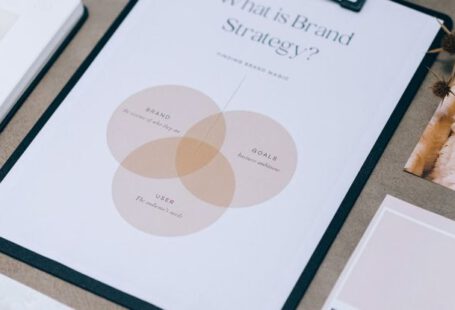Creating a Minimum Viable Product (MVP) is a key step for any startup or product development team. It allows you to test your core idea with real users quickly and cost-effectively. However, just building an MVP is not enough. It is crucial to test it with users to gather feedback and make informed decisions for further iterations. In this article, we will explore how to effectively test your MVP with users to validate your assumptions and enhance your product.
**User Persona Development**
Before diving into testing your MVP, it is essential to have a clear understanding of your target users. Develop detailed user personas based on research and insights about the needs, preferences, and behaviors of your potential users. By creating user personas, you can tailor your testing approach to ensure that you are gathering relevant feedback from the right audience.
**Define Testing Goals**
To conduct meaningful user testing, you need to establish clear goals. Determine what specific aspects of your MVP you want to evaluate and what insights you aim to gain from the testing process. Whether it is usability, functionality, or overall user experience, having well-defined testing goals will help you focus your efforts and interpret the feedback effectively.
**Choose the Right Testing Method**
There are various methods to test your MVP with users, such as interviews, surveys, usability testing, and A/B testing. Select the method that aligns with your testing goals and the stage of development your MVP is in. For example, if you want to assess the usability of your MVP, conducting usability testing sessions with real users can provide valuable insights on how they interact with your product.
**Recruit Participants**
Recruiting the right participants for your user testing is crucial for obtaining relevant feedback. Consider reaching out to your target users through social media, online communities, or user testing platforms. Ensure that your participants match the demographics and characteristics of your user personas to gather insights that accurately represent your target audience.
**Prepare a Test Script**
Before conducting user testing, create a test script outlining the tasks you want participants to perform and the questions you want to ask them. A structured test script will guide the testing sessions and ensure that you cover all the key areas you want to evaluate. Keep the script flexible to allow for spontaneous feedback and insights from participants.
**Conduct Testing Sessions**
During the testing sessions, observe how participants interact with your MVP, pay attention to their actions, comments, and feedback. Encourage participants to think aloud while using the product to understand their thought process and identify any usability issues or pain points. Take notes and record the sessions to capture valuable insights for analysis.
**Collect and Analyze Feedback**
After completing the testing sessions, compile the feedback and observations from participants. Look for patterns, common themes, and recurring issues that emerge during the testing. Analyze the feedback to identify areas of improvement and validation for your MVP. Prioritize the feedback based on its impact on the user experience and the overall success of your product.
**Iterate and Improve**
Based on the feedback gathered from user testing, iterate on your MVP to address the identified issues and enhance its usability and functionality. Implement changes that align with the needs and preferences of your target users to create a more refined version of your product. Continue testing and iterating to refine your MVP until you achieve product-market fit.
**Key Takeaways**
Testing your MVP with users is a critical step in the product development process. By involving real users early on, you can validate your assumptions, gather valuable feedback, and make informed decisions to improve your product. User testing helps you identify usability issues, understand user behavior, and refine your MVP to meet the needs of your target audience. Embrace user feedback as a valuable source of insights and continuously iterate on your MVP to create a successful and user-centric product.





